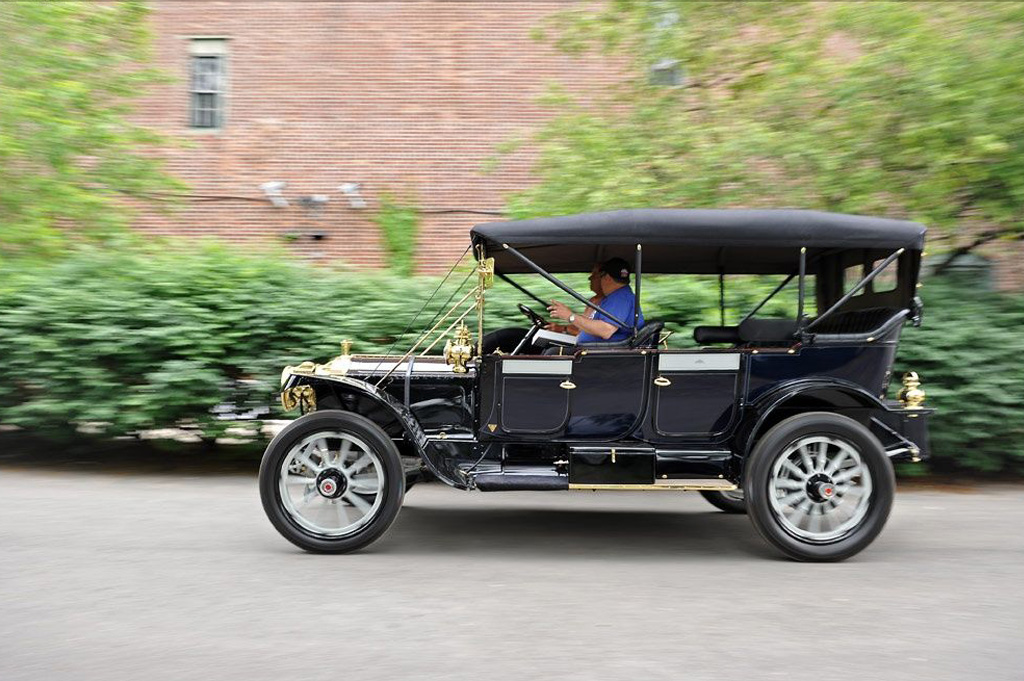A golf cart (alternatively known as a golf buggy or golf car) is a small motorized vehicle designed originally to carry two golfers and their golf clubs around a golf course with less effort than walking. Over time, variants were introduced that were capable of carrying more passengers, had additional utility features, or were certified as a street legal low-speed vehicle
A traditional golf cart, capable of carrying two golfers and their clubs, is generally around 4 feet (1.2 m) wide, 8 feet (2.4 m) long and 6 feet (1.8 m) high, weighing between 900 to 1,000 pounds (410 to 450 kg) and capable of speeds up to about 15 miles per hour (24 km/h).The price of a golf cart can range anywhere from under US$1,000 to well over US$20,000 per cart, depending on how it is equipped.
Reportedly, the first use of a motorized cart on a golf course was by JK Wadley of Texarkana, who saw a three-wheeled electric cart being used in Los Angeles to transport senior citizens to a grocery store. Later, he purchased a cart and found that it worked poorly on a golf course.The first electric golf cart was custom-made in 1932, but did not gain widespread acceptance. In the 1930s until the 1950s the most widespread use of golf carts was for those with disabilities who could not walk far.By the mid 1950s the golf cart had gained wide acceptance with US golfers.
Merle Williams of Long Beach, California was an early innovator of the electric golf cart.He started with knowledge gained from production of electric cars due to World War II gasoline rationing. In 1951 his Marketeer Company began production of an electric golf cart in Redlands, California.
Max Walker created the first gasoline-powered golf cart “The Walker Executive” in 1957. This three-wheeled vehicle was shaped with a Vespa-style front end and, like any golf cart, carried two passengers and golf bags.
In 1963 the Harley-Davidson Motor Company began producing golf carts. Over the years they manufactured and distributed thousands of three- and four-wheeled gasoline-powered and electric vehicles that are still highly sought after. The iconic three-wheeled cart, with either a steering wheel or a tiller-based steering control, boasted a reversible two-stroke engine similar to one used today in some high-end snowmobiles. (The engine runs clockwise in forward mode.) Harley Davidson sold the production of golf carts to American Machine and Foundry Company, who in turn sold production to Columbia Par Car. Many of these units survive today, and are the prized possessions of proud owners, restorers, and collectors worldwide.
Post time: Oct-28-2022

